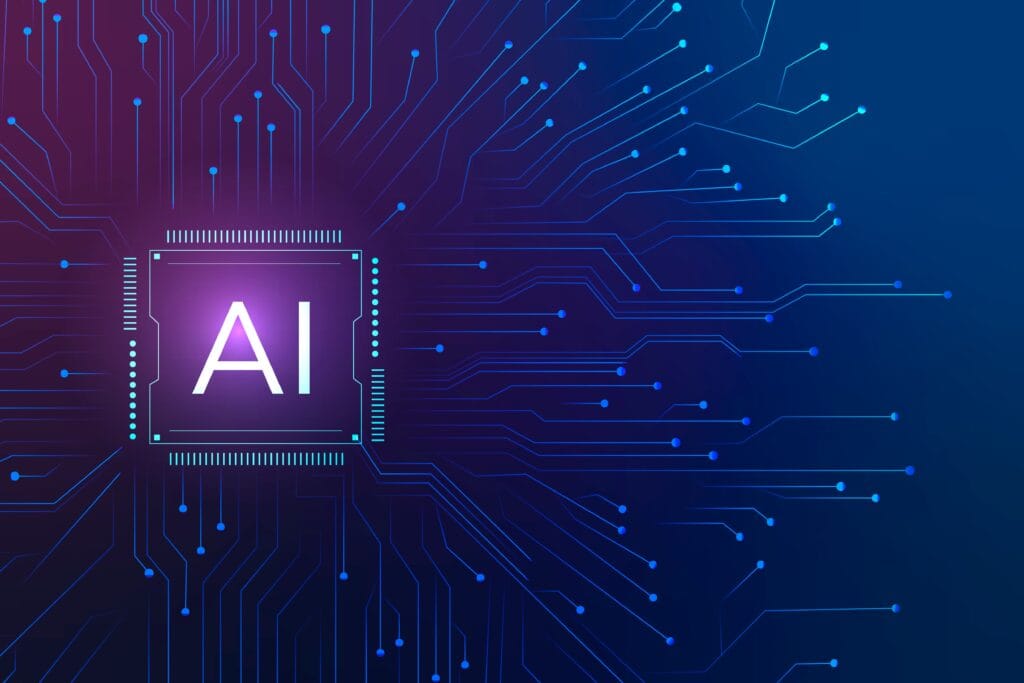Introduction: The Rise of Intelligent Web Apps
Websites are no longer static pages or basic dynamic content. In 2025, modern web apps are becoming intelligent systems that adapt, learn, and interact with users in real time. When you visit a site, it can already predict what you might be looking for, suggest content, understand your voice commands, or even personalize layouts automatically.
This blog bridges your web dev and AI journeys — showing you how to build an AI-powered web app, what components you need, and how to gradually evolve your web projects into intelligent experiences. Think of it as the natural continuation after your web development and AI posts.
- Introduction: The Rise of Intelligent Web Apps
- 1. Why AI Integration Matters for Modern Web Development
- 2. Architecture of an AI-Enabled Web App
- 3. Key AI Features You Can Integrate
- 4. Step-by-Step Mini Project: AI Image Classifier Web App
- 5. Scaling, Retraining & Next Enhancements
- 6. Real-World Examples & Use Cases
- 7. Challenges & Best Practices
- 8. The Future of AI Web Apps
We’ll cover:
- Why AI + Web is the future
- Architecture of intelligent web apps
- Key AI features to integrate
- Step-by-step mini project guide
- Deployment, scaling, + future enhancements
- Real-world case studies
- Challenges & best practices
Let’s dive in.

1. Why AI Integration Matters for Modern Web Development
Before, websites just delivered content. Now they’re smart systems. Why does this matter?
- User experience evolves — sites can adapt to you automatically.
- Differentiation — AI features make you stand out.
- Efficiency & automation — reduce manual tasks (e.g. chatbots, image processing).
- Data-driven insights — AI can analyze your users and content to help you improve continuously.
In short: adding AI gives your web projects power beyond just design and CRUD operations.
2. Architecture of an AI-Enabled Web App
Here’s a typical high-level architecture of an intelligent web app:
Frontend (Client Side)
- Frameworks: React, Vue, Angular
- Components: UI, form inputs, dynamic data binding
- AI in browser: using TensorFlow.js, ONNX.js, or WebAssembly for inference
- Interactions: voice commands, image uploads
Backend (Server Side)
- Web framework: Node.js, Django, Flask, FastAPI
- API endpoints: routes for predictions, data fetch, logging
- Model server or microservice: hosting ML models (e.g., using TensorFlow Serving or TorchServe)
- Database: to store user behavior, logs, preferences
AI / ML Component
- Pre-trained models or custom models
- Inference engine
- Optional retraining pipeline
- Data pipeline for feature processing
Integration Layer
- API calls between frontend and backend
- Authentication, security, caching
- Monitoring & logging
Deployment & Infrastructure
- Cloud platforms: AWS, GCP, Azure
- Containers (Docker), serverless functions
- CDN, load balancers, scaling
This layered structure helps you grow from simple to complex features.
3. Key AI Features You Can Integrate
Here are some powerful but achievable AI features you can add to your web apps:
3.1 Recommendation Engine
- Suggest products, articles, or content
- Use collaborative filtering or content-based models
3.2 Image Recognition / Computer Vision
- Recognize uploaded images
- Use TensorFlow.js in browser or backend model (via REST API)
- E.g. object detection, classification
3.3 Natural Language Processing (NLP)
- Chatbots (via OpenAI API, Hugging Face)
- Text summarization, sentiment analysis
3.4 Personalization & Adaptive UI
- Change layout, theme, suggestions based on user behavior
- Use reinforcement learning or adaptive models
3.5 Smart Search & Auto-suggest
- As you type, predict search queries
- Use vector embeddings or semantic search
Each of these can be added modularly as your app grows.
4. Step-by-Step Mini Project: AI Image Classifier Web App
To make this concrete, let’s build a simple intelligent web app: upload an image of a fruit, classify it (apple/banana/orange), and show prediction on your website.
4.1 Setup Frontend (React)
- Build a React component with file input
- On upload, send image to backend via API
// sample snippet
function Upload() {
const [file, setFile] = useState(null);
const [prediction, setPrediction] = useState(“”);
const handleUpload = async () => {
const form = new FormData();
form.append(“image”, file);
const resp = await fetch(“/api/predict”, {
method: “POST”,
body: form
});
const data = await resp.json();
setPrediction(data.prediction);
};
return (
<div>
<input type=”file” onChange={e => setFile(e.target.files[0])} />
<button onClick={handleUpload}>Predict</button>
<h3>Prediction: {prediction}</h3>
</div>
);
}
4.2 Backend Prediction Endpoint (Flask or FastAPI)
from fastapi import FastAPI, File, UploadFile
import uvicorn
import numpy as np
import joblib
import cv2
app = FastAPI()
model = joblib.load(“fruit_model.pkl”)
def extract_features(img_bytes):
nparr = np.frombuffer(img_bytes, np.uint8)
img = cv2.imdecode(nparr, cv2.IMREAD_COLOR)
img = cv2.resize(img, (100,100))
hsv = cv2.cvtColor(img, cv2.COLOR_BGR2HSV)
hist = cv2.calcHist([hsv], [0,1,2],[8,12,3],[0,180,0,256,0,256])
cv2.normalize(hist, hist)
return hist.flatten().reshape(1, -1)
@app.post(“/api/predict”)
async def predict(image: UploadFile = File(…)):
img_bytes = await image.read()
feat = extract_features(img_bytes)
pred = model.predict(feat)[0]
return {“prediction”: pred}
if __name__ == “__main__”:
uvicorn.run(app, host=”0.0.0.0″, port=8000)
4.3 Model Preparation
Use the fruit classifier code we discussed (scikit-learn) and export to fruit_model.pkl.
4.4 Deployment
- Host backend (Heroku, AWS Lambda, or Vercel Edge functions)
- Host frontend (Vercel, Netlify)
- Connect CORS, secure your API, use HTTPS
Now your web app can very quickly become intelligent — recognizing images with AI under the hood.
5. Scaling, Retraining & Next Enhancements
Once your app is live, here’s how to grow:
- Collect user feedback and images to expand your dataset
- Retrain periodically with new data for performance improvement
- Use AutoML or transfer learning for higher accuracy
- Introduce explainable AI (XAI) features — show why the model predicted that class
- Add logging and monitoring (track errors, slow responses)
- Use edge inference (move model to client side) to reduce latency
6. Real-World Examples & Use Cases
- Amazon / Netflix recommendations personalize based on usage patterns
- News sites suggest articles based on reading history
- E-commerce sites detect images, allow visual search
- Education platforms adaptively present content
- Health web apps analyze medical images uploaded by users
These examples show how AI + web integration is already revolutionizing user experiences.
7. Challenges & Best Practices
- Latency & performance: heavy models slow down app
- Privacy & data security: handle image uploads securely
- Bias & fairness: ensure dataset diversity
- Model drift: model performance degrades over time
- Cost & infrastructure: cloud compute adds expense
Best practices:
- Use caching and batching
- Limit file sizes and types
- Validate user input
- Use SSL, auth tokens
- Use throttling and rate limits
8. The Future of AI Web Apps
Looking ahead:
- Agentic AI web apps (able to take actions)
- Multimodal web apps (text + images + audio) becoming standard IT.
- AutoML inside web apps — user can train models dynamically
- Edge AI (models running client-side) to reduce server costs.
- Emotion & context-aware UIs that adapt based on user mood or situation.
If you build today, you’re ahead — able to innovate in the web+AI frontier.


